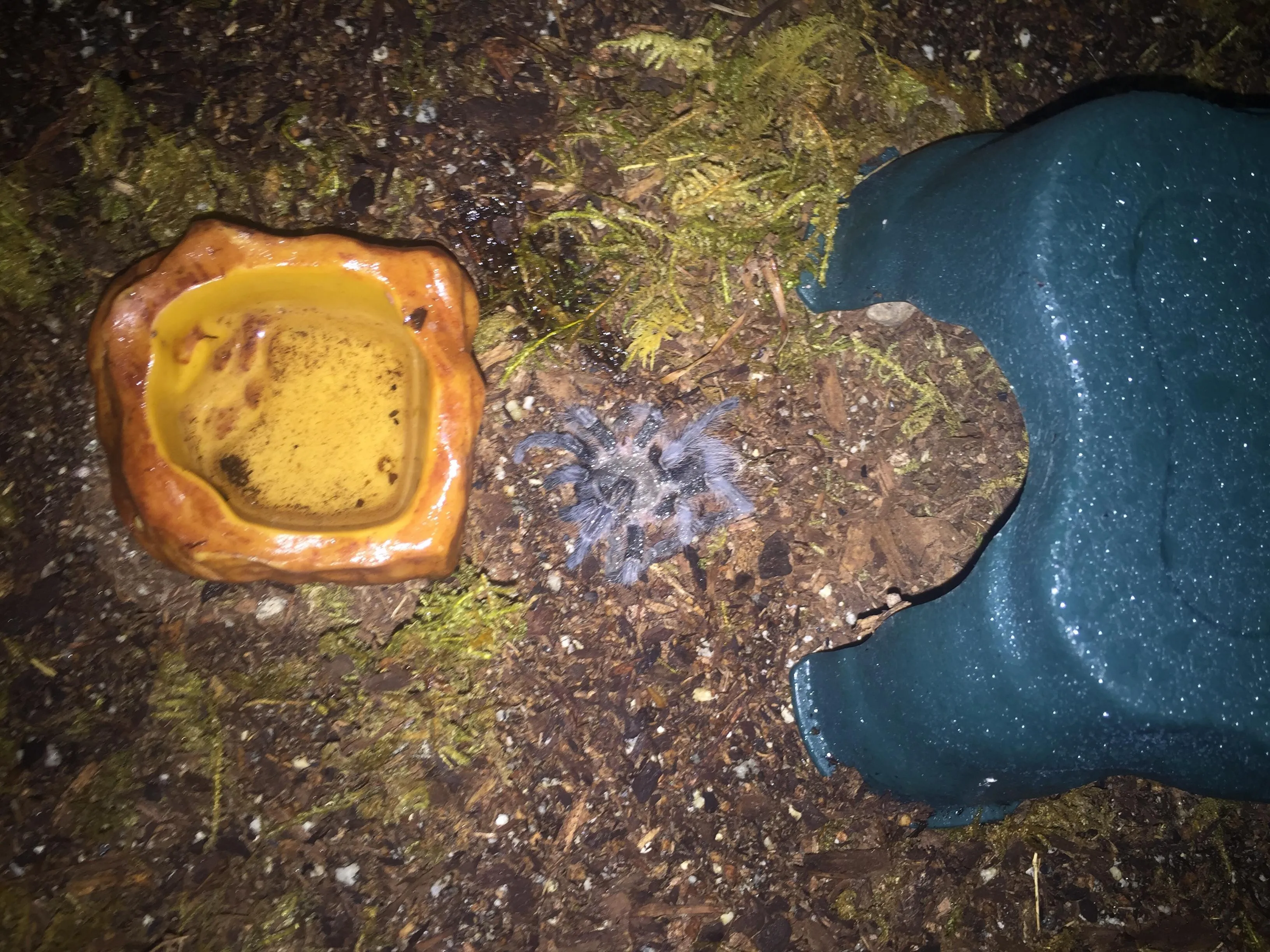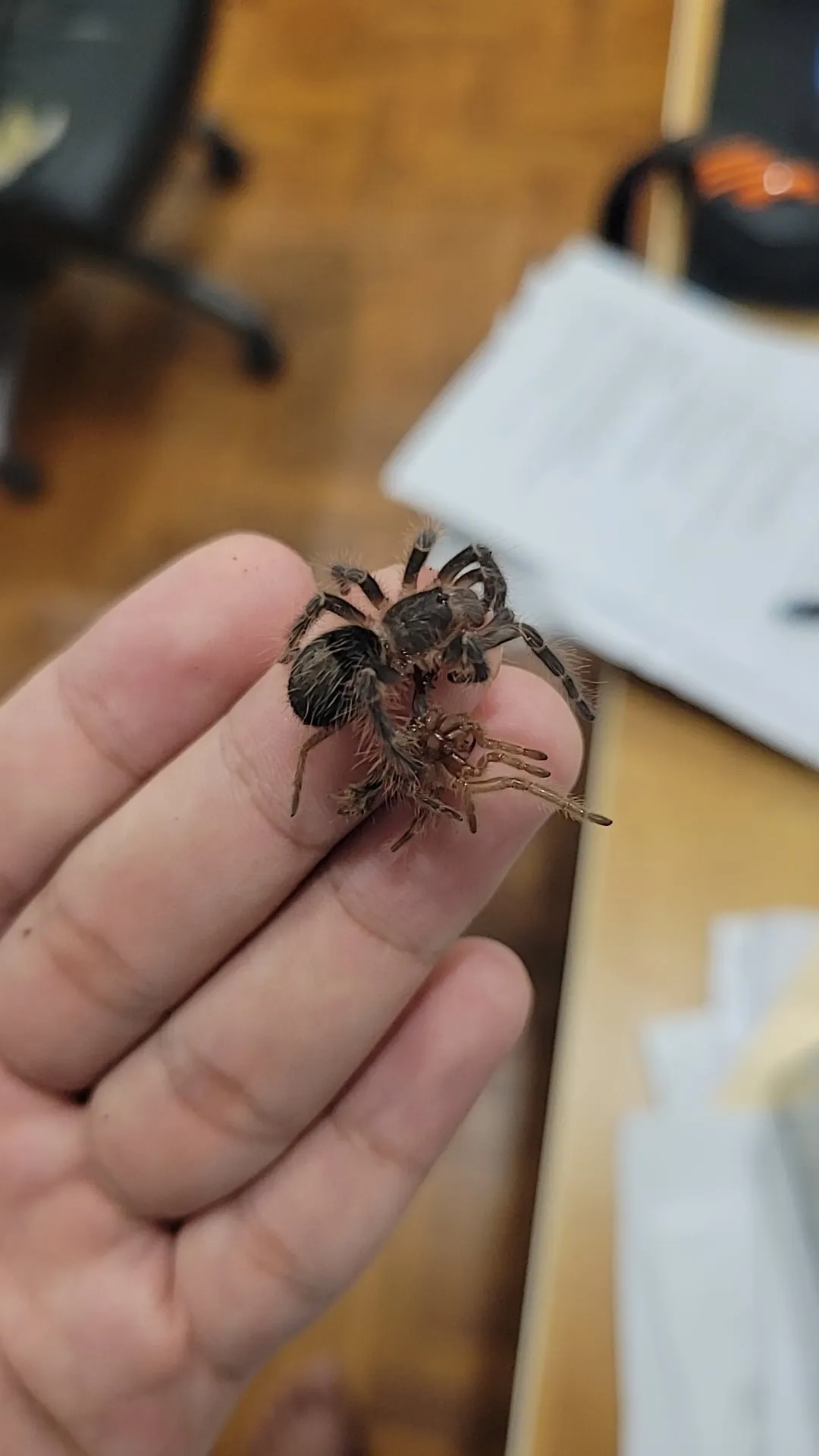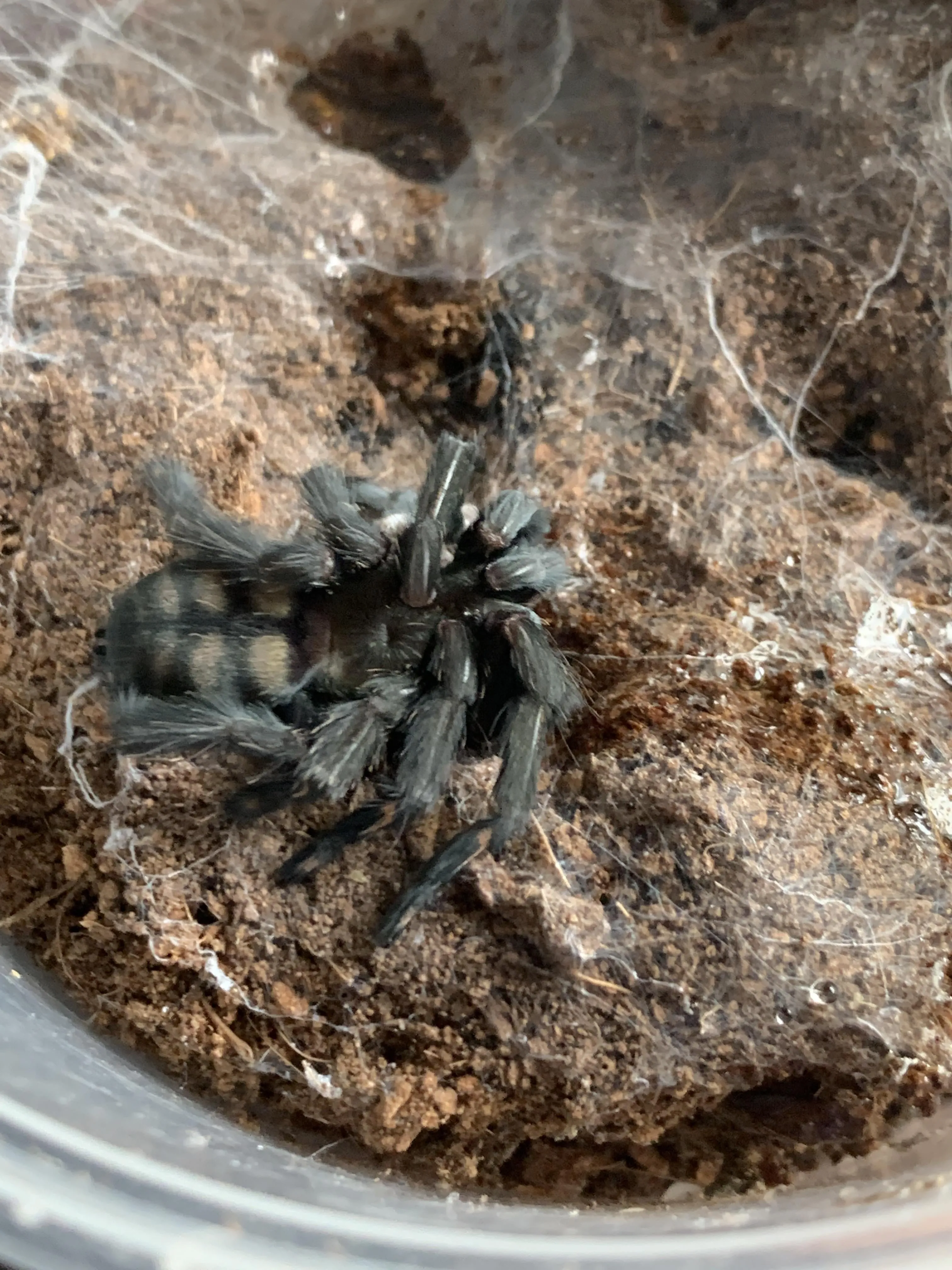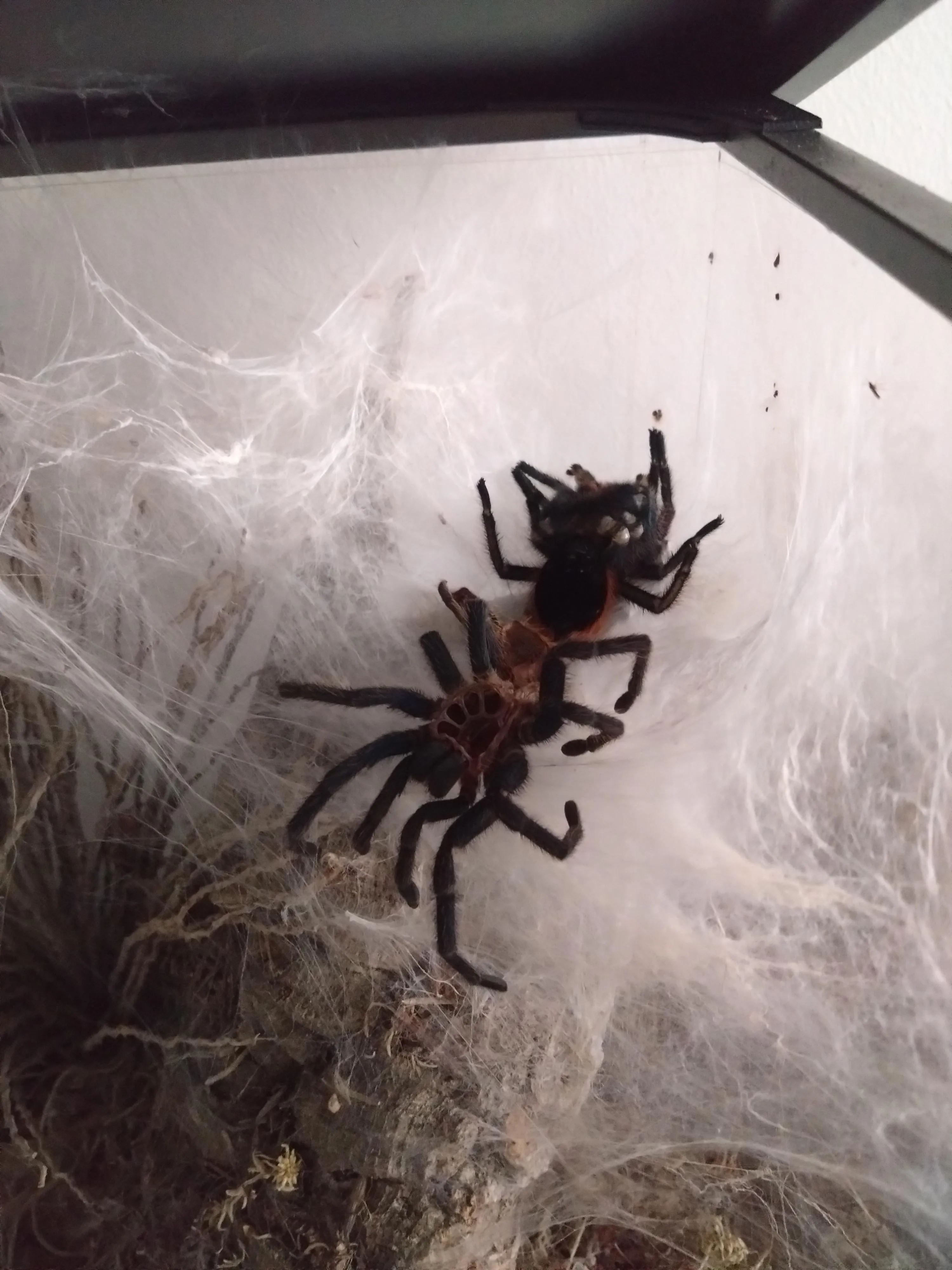What is a Tarantula Death Curl
The tarantula death curl, also known as the death pose, is a critical and often heartbreaking sign of distress in these fascinating arachnids. It’s a last-ditch effort by the tarantula, where it curls its legs tightly under its body, resembling a ‘C’ shape or a tightly clenched fist. This posture typically indicates that the tarantula is in severe pain or experiencing organ failure, and is often associated with a poor prognosis. Recognizing this behavior is crucial for any tarantula keeper, as it signals the urgent need to assess the situation and potentially intervene, although the chances of recovery are often slim. The death curl can occur due to various factors, but it is most commonly observed after molting, a vulnerable period in a tarantula’s life cycle.
Understanding the Molting Process
Molting is a vital biological process where a tarantula sheds its exoskeleton to grow. This process is essential for the tarantula’s development, allowing it to increase in size and replace worn or damaged parts. Before molting, a tarantula will typically stop eating, and its abdomen may appear darker or more swollen. The tarantula will often flip onto its back during the molting process, making it appear as if it is ‘stuck’. This vulnerable period can take several hours, during which the tarantula extracts itself from its old exoskeleton, revealing a new, soft one. It is during this process, and shortly after, that tarantulas are most susceptible to death curl. The exoskeleton provides protection and support. If the process goes wrong, or if the tarantula’s internal environment is not optimal, it can lead to death curl. Understanding the molting process allows keepers to recognize potential problems early on, increasing the chances of a successful molt.
Common Causes of Death Curl After Molt

Several factors can trigger the dreaded death curl in tarantulas, particularly after they molt. These reasons often stem from issues surrounding the tarantula’s health, its immediate environment, and the molting process itself. Recognizing and addressing these potential causes is essential to prevent the death curl and ensure the well-being of your tarantula. Here are the top five common causes, each demanding careful consideration and proactive management by the keeper.
Dehydration
Dehydration is a critical issue that can lead to death curl. During and after molting, tarantulas are especially susceptible to water loss. The new exoskeleton is initially soft, and the tarantula needs to rehydrate to harden it properly. Dehydration can prevent this hardening and also lead to the tarantula’s internal organs failing. Symptoms include a wrinkled appearance, sluggishness, and a failure to eat. To prevent dehydration, provide a shallow water dish filled with fresh water and maintain proper humidity levels within the enclosure. Regular misting can also help, especially in drier environments. Always ensure the water dish is accessible and that the tarantula can easily reach it. A dehydrated tarantula is a tarantula at high risk of death curl.
Improper Humidity Levels
Humidity plays a vital role in a tarantula’s health and molting success. Both excessively low and high humidity levels can contribute to death curl. Low humidity can lead to dehydration, making it difficult for the new exoskeleton to harden properly. High humidity, on the other hand, can promote fungal infections and respiratory issues. The ideal humidity range varies depending on the tarantula species, but it’s typically between 60-80% for most terrestrial species. Monitoring humidity levels with a hygrometer is crucial. Adjusting ventilation, misting the enclosure, and using appropriate substrate can help maintain the correct humidity levels. Regularly check the enclosure for signs of condensation, mold, or dryness. Maintaining the proper humidity levels is essential for a successful molt and for preventing the death curl.
Injury During Molting

Molting is a physically demanding process, and injuries can occur if the tarantula gets stuck or struggles to extract itself from its old exoskeleton. During a difficult molt, the tarantula may sustain damage to its appendages, book lungs, or other vital organs. Such injuries can be directly linked to death curl. Providing a suitable environment with adequate substrate for the tarantula to grip during molting is crucial. Avoid disturbing the tarantula during the molting process. If the tarantula appears to be struggling, resist the urge to intervene, unless absolutely necessary, as any attempt to help can make the situation worse. Keeping the enclosure clean and free of sharp objects can also minimize the risk of injury during the molting process. Ensuring the tarantula has enough space in the enclosure to maneuver is critical.
Nutritional Deficiencies
A tarantula’s nutritional state significantly impacts its ability to molt successfully. Nutritional deficiencies, especially a lack of essential vitamins and minerals, can weaken the tarantula and make it more vulnerable during molting. A malnourished tarantula may struggle to form a healthy new exoskeleton or have difficulty extracting itself from the old one. Feed your tarantula a varied diet consisting of appropriately sized insects. Ensure that the insects are gut-loaded with nutritious food before feeding them to your tarantula. Supplementing the diet with calcium and other vitamins may be beneficial, especially for fast-growing species. If you notice your tarantula’s feeding habits change, or if you see other signs of poor health, consult with an expert to assess its diet and address any potential deficiencies. A healthy, well-nourished tarantula is far more likely to molt successfully and avoid the death curl.
Environmental Stress
Environmental stress can weaken a tarantula’s immune system and increase the risk of death curl. Sudden changes in temperature or humidity, excessive handling, or loud noises can all contribute to stress. Providing a stable and consistent environment is key. The enclosure should be kept at a constant temperature and humidity level appropriate for the species. Minimize handling, especially around the time of molting. Make sure the enclosure is placed in a quiet location away from disturbances. Avoid exposing the tarantula to harsh chemicals, such as cleaning products or pesticides. Providing a secure, undisturbed environment will help reduce stress levels and support overall health. A stressed tarantula is more likely to experience complications during molting, including death curl.
How to Prevent Death Curl After Molt

Preventing death curl requires proactive care and attention to your tarantula’s environment and health. Prevention is always better than cure, and by taking the right steps, you can greatly increase the chances of a successful molt and a healthy tarantula. The key lies in careful observation, understanding your tarantula’s specific needs, and promptly addressing any potential issues. Here are some proactive measures to help protect your tarantula.
Maintaining Proper Humidity
Consistent humidity is vital to preventing dehydration and ensuring a smooth molt. Use a hygrometer to monitor the humidity levels within the enclosure. Adjust the ventilation and misting schedule to maintain the ideal humidity range for your tarantula’s species. Avoid drastic fluctuations in humidity. Provide a substrate that retains moisture, such as peat moss or coconut fiber, and monitor the substrate’s moisture level. Ensure there is proper ventilation to prevent mold growth, which can also cause issues. Consistent humidity creates a stable environment, supporting the tarantula’s overall health and aiding in the molting process.
Providing Adequate Hydration
Ensure your tarantula has a constant supply of fresh water. Use a shallow water dish that is easily accessible to the tarantula and replace the water regularly. Monitor the water dish for cleanliness and refill it as needed. In addition to a water dish, you can mist the enclosure occasionally, particularly during the molting period, but avoid over-misting, which can increase humidity to undesirable levels. Provide the tarantula with the ability to stay hydrated, which reduces the chance of dehydration and prevents the death curl.
Creating a Safe Molting Environment

Reduce stress for the tarantula before and during molting. Avoid handling the tarantula during the molting process, as this can disrupt the molt. Make sure the enclosure is in a quiet location, away from excessive vibrations or noise. Provide a deep layer of substrate to allow the tarantula to burrow and feel secure. Avoid placing any sharp objects in the enclosure. Ensure that the enclosure is large enough for the tarantula to molt safely. Prepare the enclosure and avoid unnecessary disturbances while your tarantula molts.
Ensuring Proper Nutrition
Feed your tarantula a balanced diet of appropriately sized insects that are gut-loaded with nutritious food before feeding. A healthy diet provides the necessary nutrients to maintain the tarantula’s energy levels and assists the molting process. Avoid overfeeding, as obesity can also cause health issues. Vary the insects you feed to provide a wider range of nutrients. Consider adding vitamin supplements, such as calcium or other essential nutrients. Ensure the tarantula is getting everything it needs to maintain good health, as this is important for a successful molt.
Recognizing the Signs of a Dying Tarantula
Knowing how to identify the signs of a dying tarantula is crucial for providing appropriate care and potentially intervening. The death curl is the most obvious sign, but other symptoms can indicate that your tarantula is in distress. Recognizing these signs early on can sometimes allow you to address the problem before it becomes irreversible. Careful observation and knowledge are key to identifying potential issues with your tarantula.
- The death curl posture
- Lethargy or inactivity
- Loss of appetite
- Unusual discoloration or changes in the abdomen
- Difficulty moving or walking
- Tremors or twitching
When to Seek Veterinary Help

Unfortunately, there are limited veterinary options for tarantulas. Most veterinarians are not equipped to handle the specific needs of these arachnids. Nevertheless, if you observe signs of illness or distress, you can contact a veterinarian with experience in exotic pets, or a specialized arachnid vet. The chance of saving a tarantula once it’s showing the death curl is very low, but prompt intervention can sometimes make a difference. They may be able to provide supportive care or recommend further steps. Early diagnosis and intervention are crucial, but the outlook for tarantulas exhibiting death curl is generally poor.
Final Thoughts
The tarantula death curl is a distressing sign, especially after molting. However, understanding the causes, prevention strategies, and recognizing the signs of distress can help you provide the best possible care for your tarantula. By maintaining proper humidity, providing adequate hydration, ensuring a safe environment, and offering a balanced diet, you significantly increase the chances of your tarantula’s healthy molting. Continuous learning, diligent observation, and proactive care are key to keeping these amazing creatures healthy and happy.
